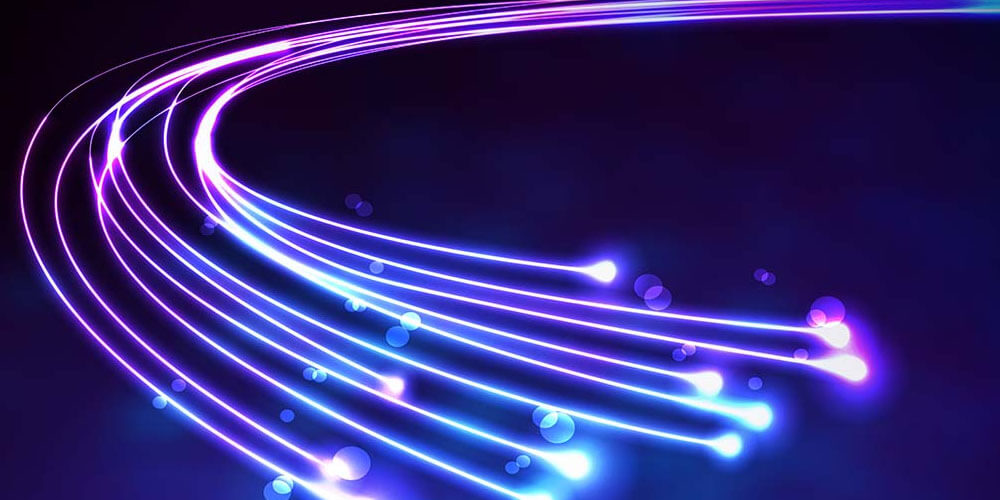Fiber optic lighting cables are long strands made of plastic or glass, put together in a bundle. They transmit light signals over long distances at a very high speed. The fiber optic lighting cable is gaining popularity worldwide since more information is transferred at a time. They are also very light and easy to install, unlike the traditional physical cables. In this write-up, we look at the guidelines for fiber optic lighting cable installation.
Guidelines to Follow When Installing Fibre Optic Cables
Optic cables must be carefully installed following procedures specific to them. They may resemble copper cables on the outside, but the components inside are different. Thus, how you would install copper cables would not be ideal for the fiber optic lighting cables. Though not fragile, they should be handled with care to maximize their potential.
1. Pulling
Fiber optic lighting cables have different strength members depending on the type. Some have Kevlar aramid yarn, while others have a fiberglass rod. It is advisable to pull the strength member only and not any other part. The cables transmit light over long distances and must be pulled to achieve that. Ensure you know the maximum load rate that can be pulled. Compatible lubricants can be used to reduce the pulling load or an automated puller machine that controls tension. Monitoring the pulley is vital as the fibers can jump off it.
2. Length of the Cable
A long fiber cable is the most suitable for any run. Making a single pull is easy, and less effort is required. Shorter cables need splicing to cover the required distance, which is a difficult task and expensive too. Special attention must be given to the joining areas to prevent any mishaps.
3. Bend Radius
Optic cables can only be bent to a certain extent. Bending them too tightly results in breaking the fiber, which can happen immediately or after some time. The damage is irreversible, and the cables must be replaced with new ones. Also, cables must always be pulled and not pushed. Pushing may result in bending, and chances of going past the bent radius are high. Fibers are concrete when pulled straight and serve for a longer duration.
4. Use of an Innerduct
Innerducts are recommended for indoor fiber optic lighting cables. One can opt to install them directly, but they help in identifying the cables. During construction or renovation of a house, bare cables are at risk of being cut, and using an innerduct protects them from such damage. End plugs must be placed at the ends to keep off water and debris from going in.
5. Tools and Techniques
Proper tools and techniques should be used depending on the cable design and area of installation. Examples include placing the fibers into their trays and not mixing them with different cables like copper, pulling the cables into conduits, and using the figure 8 technique to prevent twists within the cable.
Bottom Line
Fiber optic lighting cables have many advantages over lighting cables. Installing them well and following all rules is key to maximum benefits. Thus, it’s your keenness to details that will ensure the quality installation of these lighting master ropes.

